Government services are often complex and hard for people to navigate.
As part of efforts to create more human-centered government services, it’s critical to understand the perspective of individual people who are going through processes and interacting with systems — both members of the public and agency staff.

One tool that can be really helping in better understanding the status quo and finding opportunities to improve service delivery is the journey map. Journey maps provide a “visualization of the major interactions shaping a user’s experience of a product or service.” Let’s have a look at some examples.
Example Journey Maps from Government Agencies
Here’s a journey map that some of my colleagues made about a summit on criminal record expungement in Cook County, IL (see a larger version here):
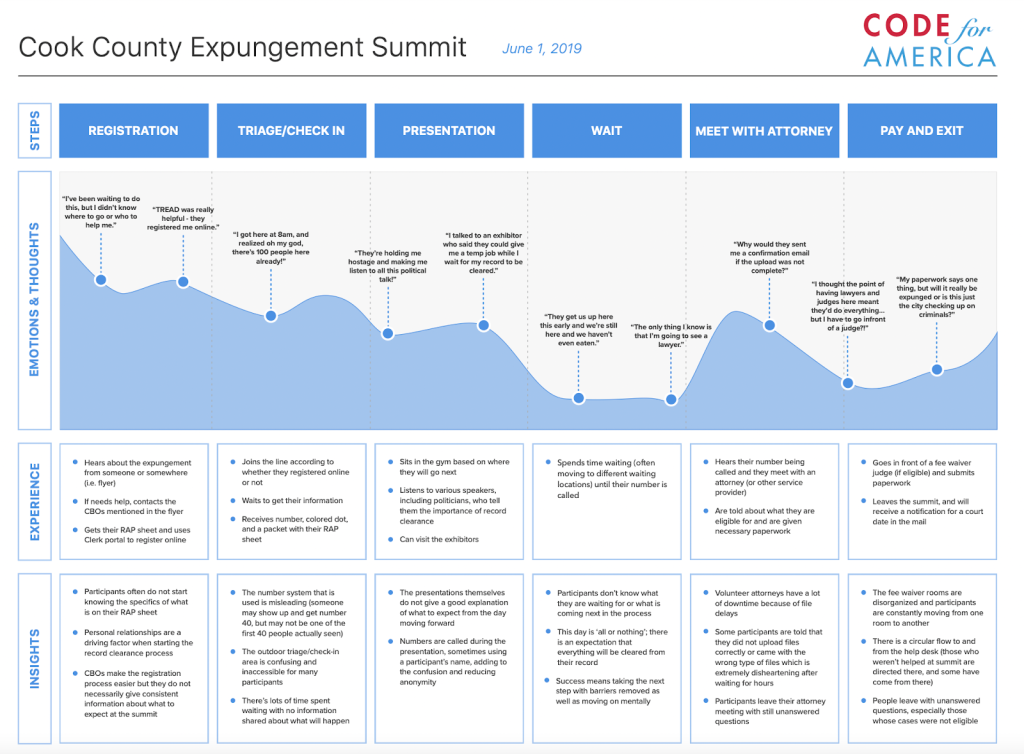
At each step of the process, the map shows:
- The experiences people are going through
- The emotions and thoughts they are having as a result of those experiences — in this case, including quotes
- Insights that the research team had about how to improve the process based on these experiences
There are many different ways you can design journey maps, depending on what exactly you want to show.
Here is one from the U.S. Department of Veterans Affairs focusing on the patient experience at VA hospitals (larger version):
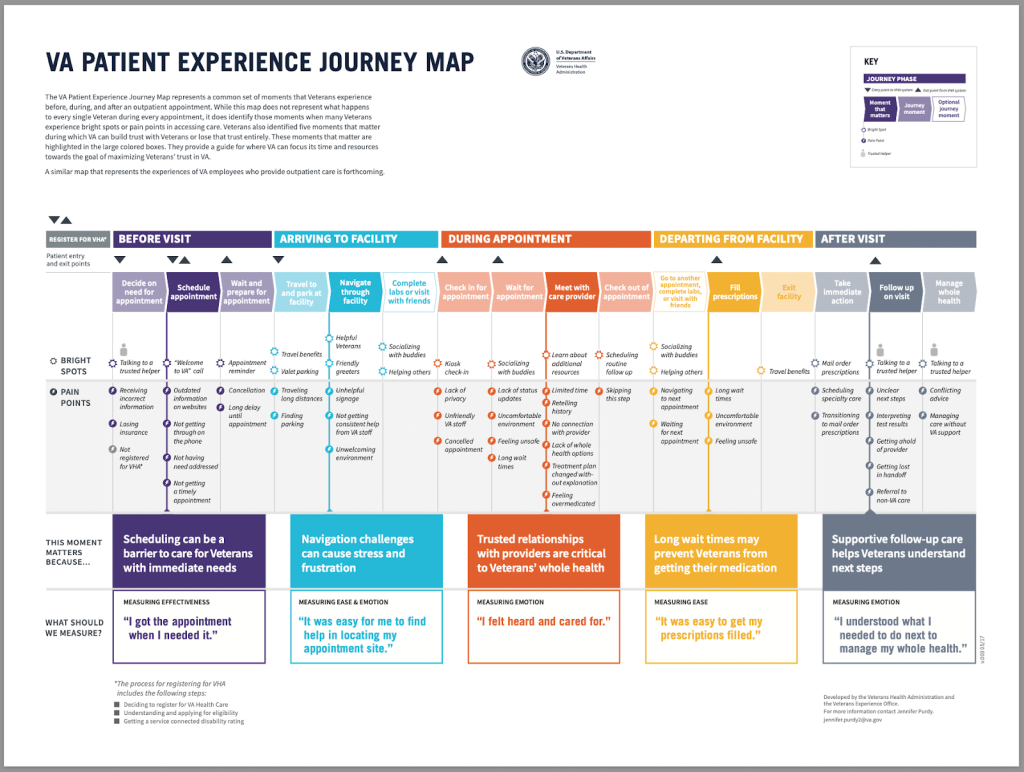
And here is a journey map from the U.S. Department of the Treasury, focusing on the experience of an agency accountant completing a particular process (larger version):
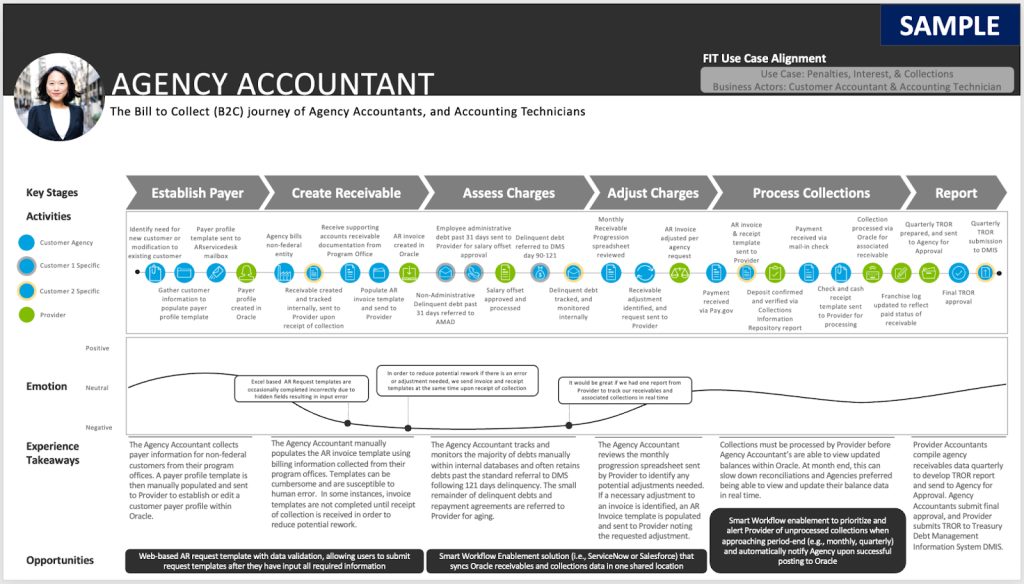
A U.S. Department of Agriculture journey map actually illustrates the experiences of two different groups of people (producers and loan officers) interacting with each other as part of the same process (larger version):
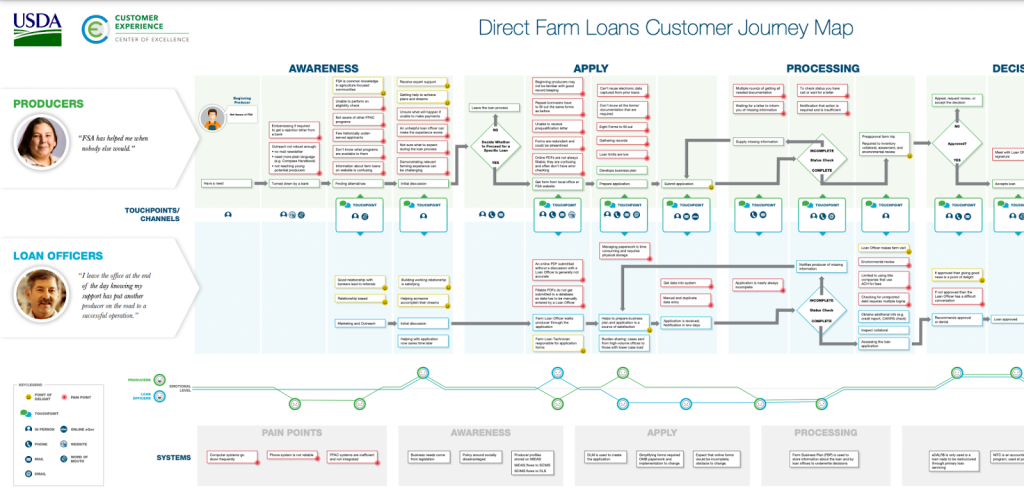
As you can see, each map is a bit different — but they all illustrate processes and emotions, and usually contain insights in some fashion, too. Feel free to make journey maps that meet your needs and preferred style.
Getting Started
It’s very easy to get started with journey mapping!
Here is a blank template you can use to begin (larger version):
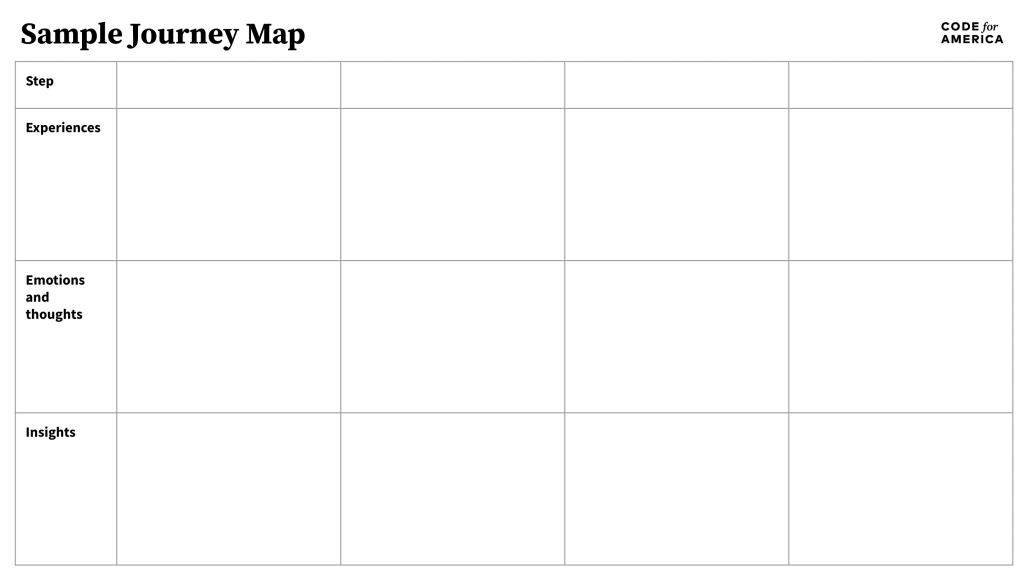
Then follow these steps:
- Select a three- or four-step process that a person needs to complete; this could be for a program or service that you work with or for something unrelated.
- Make a list of those three or four key steps that a certain type of person needs to go through in order to try to complete a certain task.
- For each step, list the person’s experiences, pain points, and emotions, as well as useful insights that we can gain from them.
That’s it… You have now made your first journey map!
Of course, this one was just based on your knowledge and intuitions and is only intended as an example to get you started. The other maps shown in this post were based on more detailed observations and research and had more visual design work done at the end.
My colleagues’ Qualitative Research Practice Guide gives much more detail on how to conduct in-depth interviews and engage in observation/shadowing in order to get the types of detailed inputs that can inform a more complete journey map, like those shown above.
Journey mapping is a simple yet powerful way to explore and record the experiences people have when interacting with your services — including pain points — and generate insights on how you can improve them. Now that you have the tools to get started, try it out! This can be a great step on your journey to create human-centered public services.
Greg is the Associate Director for Human-Centered Government at Code for America, where he is leading efforts to support public servants with resources and training on the organization’s principles and practices for how government can and should serve the public in the digital age.

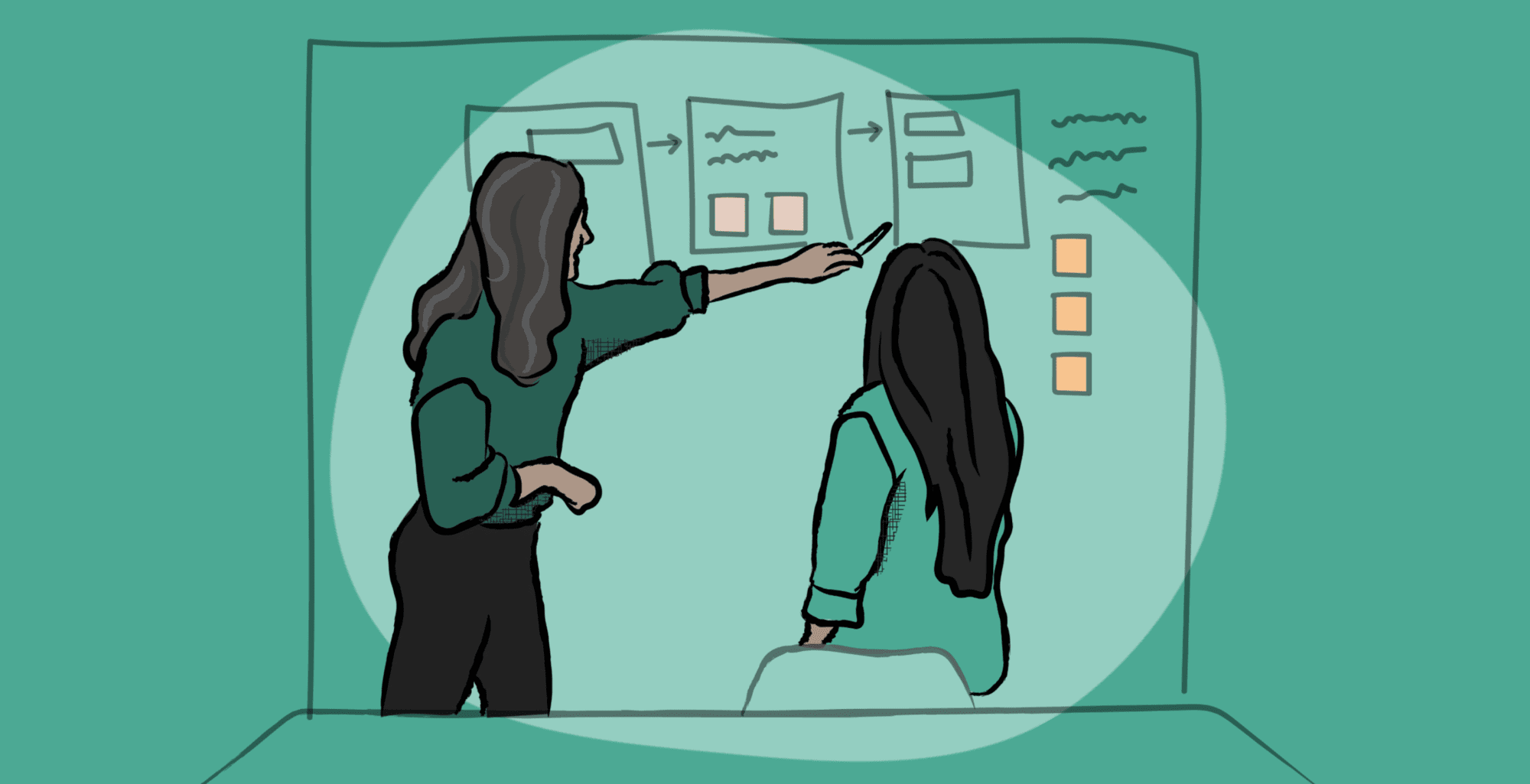



Leave a Reply
You must be logged in to post a comment.